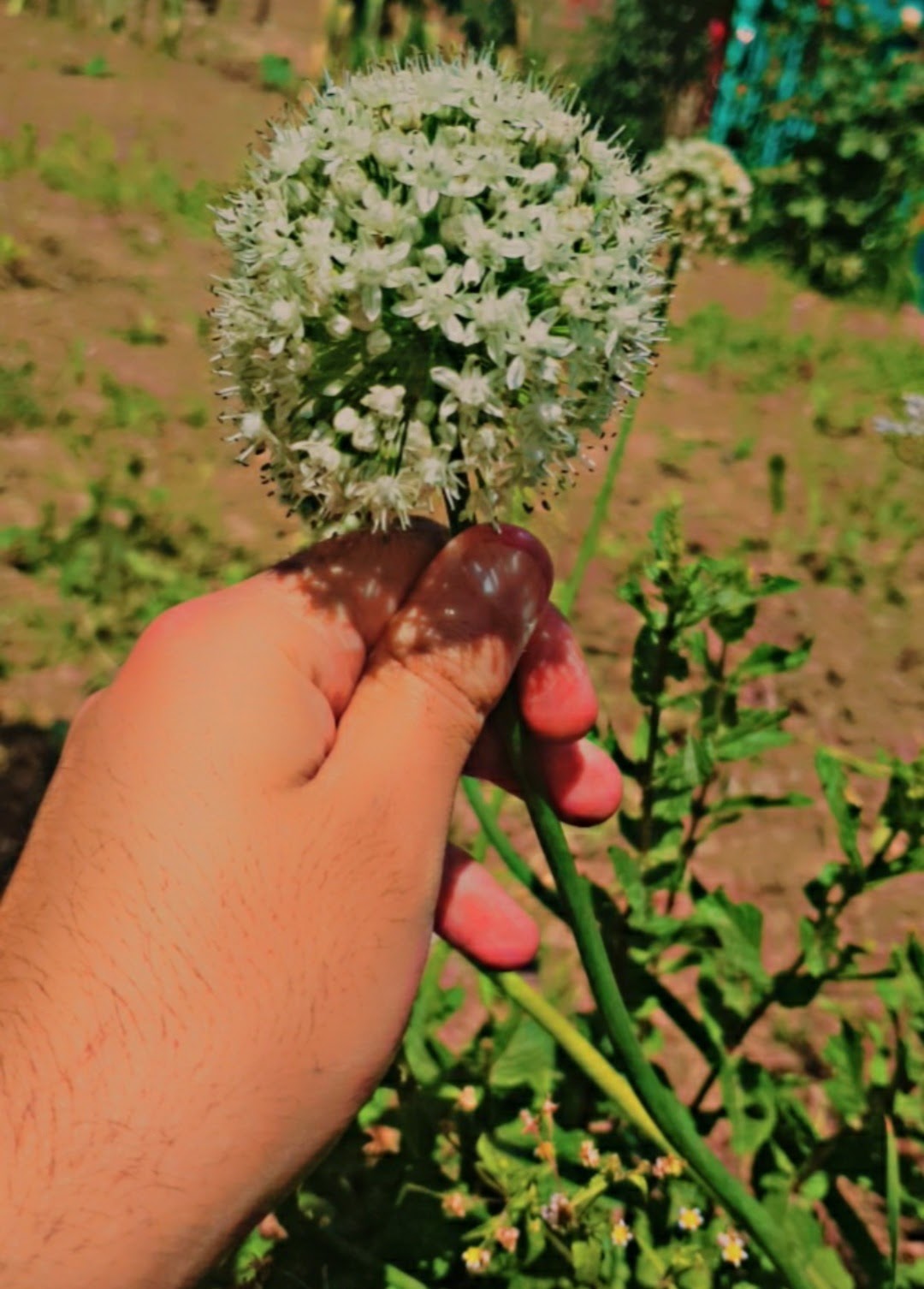The lesser flamingo (Phoeniconaias minor) is a species of flamingo that is found in various parts of Africa, including the Great Rift Valley, as well as in some areas of India. It is the smallest species of flamingo and is known for its distinctive pink plumage, long neck, and long, thin legs.
Here are some key features and characteristics of the lesser flamingo:
1. Appearance:
The lesser flamingo has a pale pink plumage, which is brighter on the underparts. Its feathers get their pink coloration from pigments obtained from its diet, which consists mainly of blue-green algae and other small organisms found in alkaline lakes. The plumage of juveniles is generally grayish-white and becomes pinker as they mature.
2. Size: Adult lesser flamingos typically measure around 80 to 90 centimeters (31 to 35 inches) in length and weigh around 2 to 3 kilograms (4.4 to 6.6 pounds). They have a wingspan of approximately 110 to 115 centimeters (43 to 45 inches).
3. Bill and Filter Feeding: Lesser flamingos have a specialized bill adapted for filter feeding. The upper bill is slightly curved downward and has rows of comb-like structures called lamellae that help them filter tiny food particles from the water. They immerse their bills in the water, move their heads upside down, and filter out algae and other small invertebrates through the lamellae.
4. Breeding: Lesser flamingos are colonial nesters and typically breed in large numbers on islands or in shallow areas of alkaline lakes. They build cone-shaped mud mounds or small mud pillars as nests. Both parents take turns incubating the single egg, which hatches after about 27 to 31 days. The chicks are initially grayish-white and start developing their pink plumage within a few years.
5. Habitat: These flamingos are highly adapted to alkaline or saline lakes and lagoons. They thrive in areas where food sources are abundant, such as shallow, warm, and highly alkaline or saline waters. They are known to form large flocks, often consisting of thousands or even tens of thousands of individuals.
6. Conservation Status: The lesser flamingo is currently listed as "Near Threatened" on the IUCN Red List. The population of lesser flamingos faces threats such as habitat loss, pollution, disturbance from human activities, and changes in water levels. Conservation efforts are ongoing to protect their breeding sites and raise awareness about the importance of their habitats.
The lesser flamingo is a fascinating bird with its unique appearance and behavior, and it plays a vital role in the ecosystems where it resides.




















